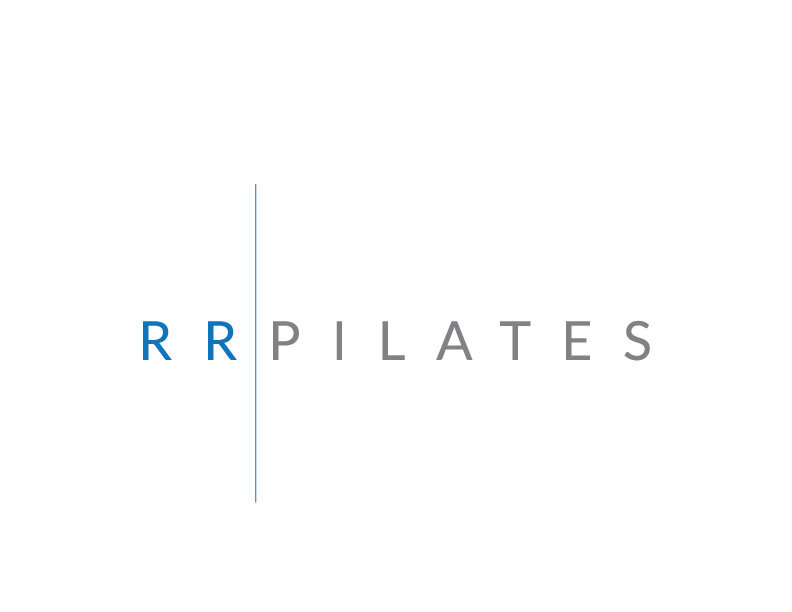Centering, Concentration, Control, Precision, Breath, and Flow
For many, these six principles are the foundation of the Pilates approach to exercise. Their application to the Pilates method of exercise is part of what makes it unique in the fitness world.
It is important to note that Joseph Pilates did not directly set out the Pilates principles. They are concepts distilled from Joseph Pilates' work by later instructors. Because of this, there is not always agreement in the Pilates community about the order of the principles, the specific words used for certain concepts, or the number of principles. Nevertheless, you will find some version of the Pilates principles--similar to what I present here--to be part of almost any Pilates training program you pursue.
Joseph Pilates originally called his work "contrology." He considered this to be a body/mind/spirit approach to movement founded on the integrative effect of principles such as centering, concentration, control, precision, breath, and flow. Whether one is working out on a mat or using Pilates equipment, like the reformer or cadillac, these basic principles infuse each exercise with intention and fullness of expression:
1. Centering: Physically bringing the focus to the center of the body, the powerhouse area between the lower ribs and pubic bone. Energetically, Pilates exercises are sourced from center.
2. Concentration: If one brings full attention to the exercise and does it with full commitment, maximum value will be obtained from each movement.
3. Control: Every Pilates exercise is done with complete muscular control. No body part is left to its own devices.
4. Precision: In Pilates, awareness is sustained throughout each movement. There is an appropriate placement, alignment relative to other body parts, and trajectory for each part of the body.
5. Breath: Joseph Pilates emphasized using a very full breath in his exercises. He advocated thinking of the lungs as a bellows -- using them strongly to pump the air fully in and out of the body. Most Pilates exercises coordinate with the breath, and using the breath properly is an integral part of Pilates exercise.
6. Flow: Pilates exercise is done in a flowing manner. Fluidity, grace, and ease are goals applied to all exercises. The energy of an exercise connects all body parts and flows through the body in an even way. Pilates equipment, like the reformer, are very good mirrors of one's flow and concentration as they tend to bang around and suddenly become quite "machine-like" if one loses one's control and flow.
The Pilates principles may sound a bit abstract, but the integration of these principles accounts for the balance, grace, and ease that one can experience as a result of practicing Pilates.
Six Pilates Principles Article written by Marguerite Ogle, About.com Guide Updated October 06, 2009
